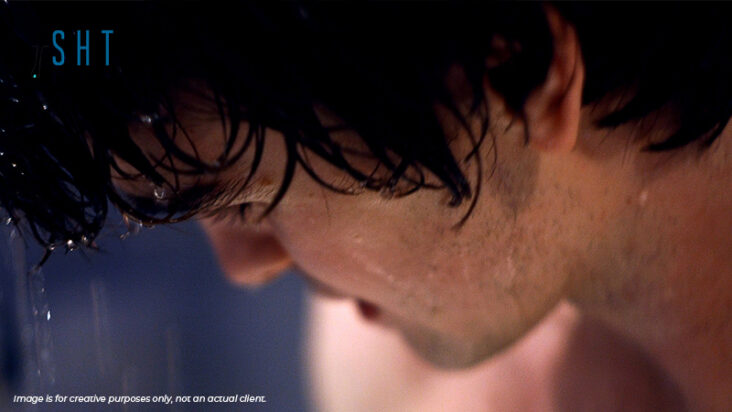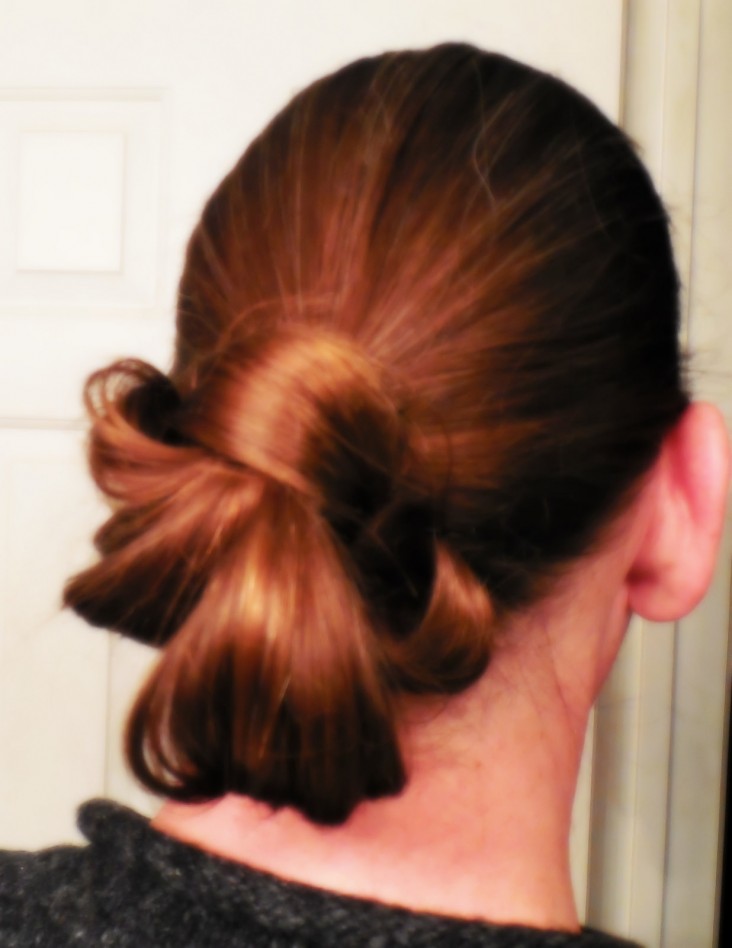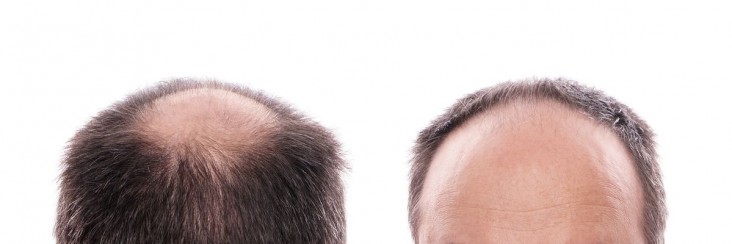If you are still not yet sold on getting a hair transplant, or if you are already on your way of getting it, knowing what to expect afterward drives you to whatever is necessary to achieve success. Having this knowledge is like learning how to make a raft while stranded out on an island. So here are 10 things that you can expect after a hair transplant.
Proper aftercare is needed.
Let’s put emphasis on the term “proper.” This means that it is not just some haphazard treatment, but careful consideration of aseptic technique. It doesn’t mean that you will be donning sterile masks and suits to clean the affected areas, but you need to follow your surgeon’s instructions on wound care properly.
Since there is a break in skin integrity, it is important that you constantly wash your hands before doing aftercare, as this can be a primary source of infection. Follow the entire course of antibiotic treatment to prevent any chances of infection.
It is also important to immediately report the following:
- Pain or discomfort with increasing intensity.
- Prolonged or severe bleeding days after the surgery.
- Foul odor or drainage on the surgical site.
- High fever
It gets worse before it gets better
Shock loss is the type of hair loss that occurs after a hair transplant surgery which occurs a few weeks after the procedure. This might be disheartening to look at but it is not something serious or permanent. It is a temporary reaction of the follicles after this type of surgery due to the amount of stress that the scalp is subjected to, and it happens to most hair transplant patients. At this point, the follicles are at a resting phase up until the patient has fully recovered.
Grafts grow at varying rates
Don’t get too worked up in comparing your results to the next person who had the same work done since each individual heals at a different rate. Surgeons claim that most patients have fair growth around the six-month period, and the results double on the 12th month. These measures are all relative because it can grow fast or the grafts can take its time to lengthen.
Swelling is normal
We often relate swelling to something gone wrong. However, in this case, swelling is a normal reaction especially within the first 2-3 days after surgery. This type of swelling is painless and it usually localizes on the forehead to the bridge of the nose. It then starts to subside usually around 72 hours, so if it worsens and is eventually accompanied by pain or tenderness, immediately report this to your surgeon so prompt treatment is given.
To let the normal swelling subside faster you can:
- Elevate your head by propping it on 2-3 stacks of pillows.
- Apply cold compress on the eye area, since some swelling also focuses here. However, you need to be careful not to apply too much cold since it could also hamper hair growth.
- Avoid steroidal drugs as you heal since this can only worsen the situation.
- Use medications, which has to be prescribed by your doctor.
This might not be your last
For some patients, they may need more than one session to complete the restoration needed for a good aesthetic outcome. In such a case, surgeons use this approach because they first want to assess the pattern and behavior of hair growth of the first surgery to decide whether a second procedure is still needed.
Medications needed
If you have been taking hair loss medications prior to surgery, this would have to be continued even after the procedure. While you don’t need it for the surgery to work, but this prevents the native hairs from falling off since hair loss is progressive. Surgeons would suggest this especially if there is a significant family history of baldness. If you have any questions or concerns, address them accordingly to your surgeon. Don’t just halt treatment without your doctor’s advice.
The potential for infections
As new hairs start to grow some develop inflammation or infection of the follicles caused by a fungus or bacteria. This is referred to as folliculitis and it can happen to some hair transplant patients. This is a potential risk that comes along with the procedure, fortunately, these heal on their own and will go away in a couple of weeks. In fact, most cases don’t need pharmacological treatment, but if it persists, an antibiotic treatment or an antifungal cream can help fix the problem especially if a large area of redness develops around it. Applying a clean, warm and damp face cloth can also help bring that soreness and swelling down.
Your new hair won’t grow all at once
Just like the hairs which inhabited that scalp once upon a time, the new follicles don’t sprout all the same time. Unlike carefully arranged rice fields that bloom in almost perfect unison, your hairs have their individual timetable. So you have to be patient and wait for these grafts to eventually reach their full growth that brings a suitable aesthetic appeal to your face.
Remember, about 20% of hair grows within the first 2-4 months, while 60-70% density is achieved within 5-8 months.
Altered scalp sensitivity
Some patients report of dullness or decreased scalp sensitivity over the surgical areas. This is not a major threat since it is only a temporary effect due to some nerves that were disrupted during the surgery. This will soon revert within 3-18 months as the nerves eventually regenerate.
Other treatments can help hair growth
Just because you have a hair transplant means that you can just lay there on your laurels and let nature take its course. If you want to assist the healing process and ensure that you recover with the best results, complementary treatments can help you along. Aside from medications, procedures like PRP (Platelet Rich Plasma) treatment can also boost your chances for better hair growth.
Others swear by supplements or natural oils to promote a healthier scalp that is conducive to healthier hair growth. Share this with your surgeon and know what other options are there to enhance your hair transplant results further.
If you have more questions and concerns, come talk to us. Allow us to help you in the management of your hair loss as we educate you through this beautiful process. Drop us a line today!
Photo credit: hang_in_there via Foter.com / CC BY






